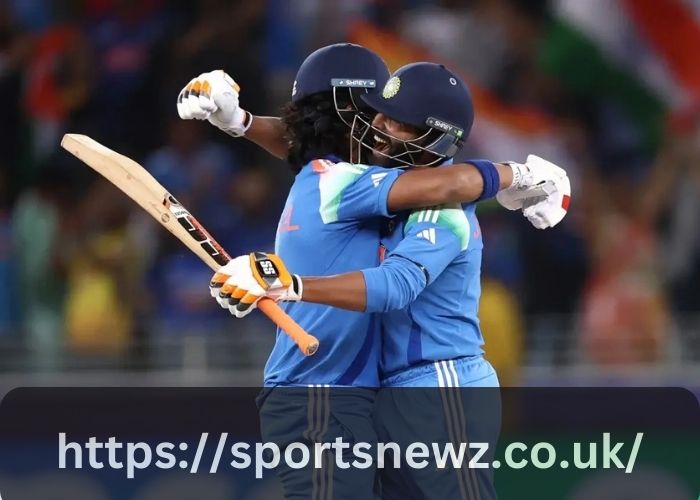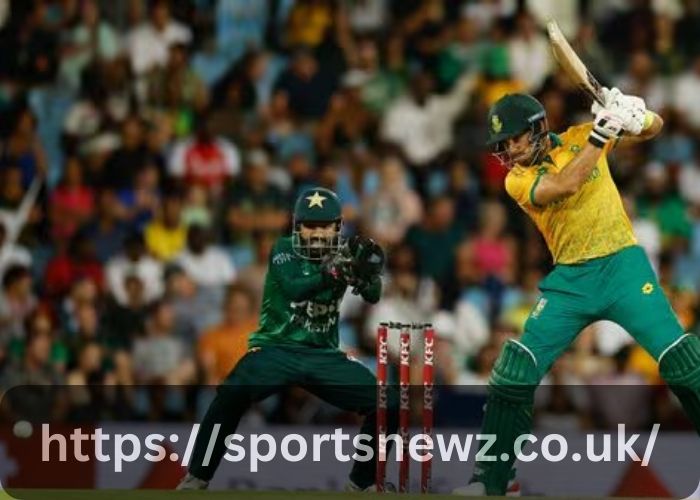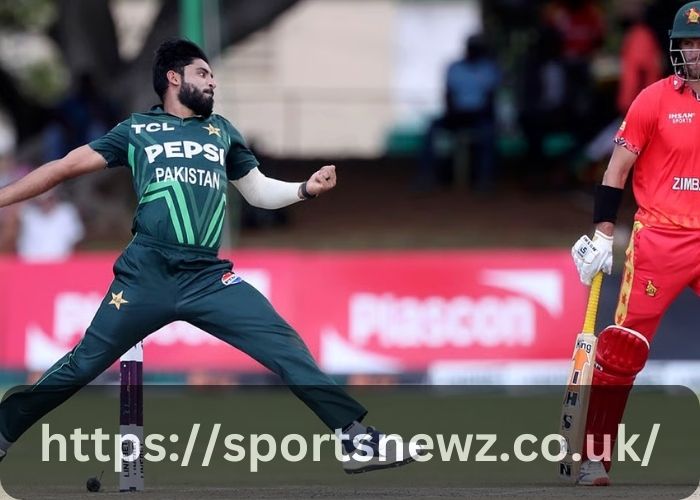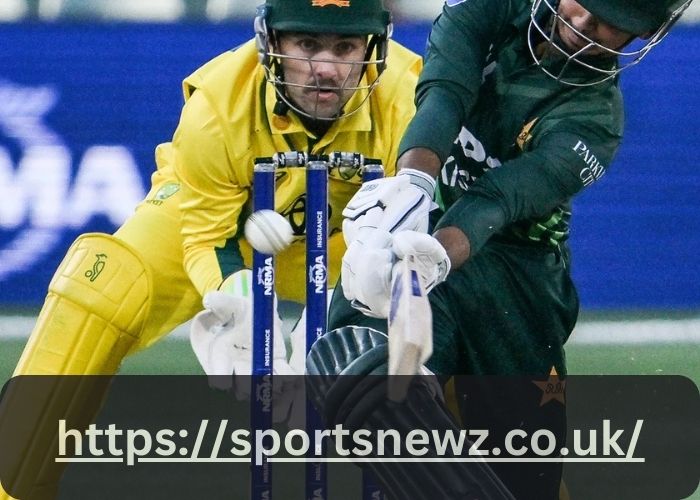Australia-India cricket rivalry is one of the most intense sporting contests ever witnessed, appearing in multiple World Cup and Champions Trophy tournaments. The battles between the australian men’s cricket team vs india national cricket team have produced some of the most memorable moments in cricket history, from nail-biting finishes to legendary performances.
Sepia photo of an Aboriginal cricket player posing in traditional position holding bat, spear and boomerang; printed as part of a poster to promote 1868 Tour of Australian Aboriginal Cricketers to England.
| Match Type / Date | Event / Summary | Winner | Key Performers / Notes |
|---|---|---|---|
| 2023 Cricket World Cup Final (19 Nov 2023) | World Cup Final – Ahmedabad | Australia | Australia won by 6 wickets. Travis Head was Player of the Match (Wikipedia) |
| ODI Semi-Final (4 Mar 2025) | World Cup 2025 Semi-final (ODI) | India | India won by 4 wickets; Australia scored 264, India chased successfully (myKhel) |
| Final ODI 2023 (8 Oct 2023) | ODI Series / World Cup campaign | India | India won by 6 wickets (myKhel) |
| 3rd ODI 2023 (27 Sep 2023) | Australia tour of India | Australia | Australia won by 66 runs (myKhel) |
| 2nd ODI 2023 (24 Sep 2023) | Australia tour of India | India | India won by 99 runs under DLS method (myKhel) |
Origins
Australia’s men are one of the oldest teams in Test cricket history and boast an outstanding one-day international record, winning five ODI World Cups and one T20 World Cup as well as multiple bilateral series wins against other nations. As of 2017, they rank first for Test cricket, second for ODIs, and sixth in T20Is.
Even though Australian cricket culture is world-class, there is also an undercurrent to their culture that makes for difficult understanding: their country’s sledging culture can be hard to grasp; but at its core lies an understanding that this helps win matches for Australia.
Paul Marsh and Ricky Ponting both believe sledging makes them better players; it does not make them good people though.
Other dark sides to the game exist as well, including its history in England in the late 19th century when an Aboriginal team visited. Their tour became a spectacle of racism and tragedy. Descendants of 13 Aboriginal players claim Tom Wills – leader of First XI – engaged in revenge killings against Europeans just prior to touring England.
Australian cricket team’s longstanding controversies have endeared them to many around the globe, yet current generation of players seems determined to move beyond them.
Australian team is commonly known as Baggy Greens due to the green caps they wear; women’s team called Wallaroos after an Australian marsupial that symbolizes strength and resilience of its country; both nicknames not as controversial as its sledging culture which moves constantly across pitch as players attempt to avoid headbutting an ever-widening line which always serves as moral arbiter when breached.
Formats
Australian men’s cricket is highly competitive across all forms, boasting five One Day International World Cup wins and currently ranking first in Tests, third in ODIs and sixth in T20Is by the ICC Men’s Cricket Rankings. Australia and England have long been fierce competitors when it comes to one-day internationals; Australia holds many memorable one-day match histories of its own.
The men’s team faces many hurdles this summer ahead of its five-Test series against India, the greatest being finding someone suitable to partner Usman Khawaja at the top. Without Pat Cummins (paternity leave) or Josh Hazlewood in their ranks, much will depend on Aaron Finch and Travis Head as openers to lead from the front.
Australia’s bowling attack has also suffered due to injuries sustained by Mitchell Starc and Pat Cummins – however both should recover in time for the Ashes, with Nathan Lyon’s return providing added bolster.
Australia have played well across all formats this season and were unlucky not to make the final of the Champions Trophy following an impressive performance against South Africa in their semifinal. Aiden Markram scored an unbeaten century while Kagiso Rabada hit nine wickets as South Africa came from behind for victory, however Australia’s second innings batting – led by captain Steve Smith – was outstanding.
History
The Australian men’s national cricket team boasts an illustrious legacy. Established in 1877 as one of two joint oldest Test cricket teams, their history includes decades of competitive play dating back to when ODI World Cups first started and five ODI World Cup titles won; currently ranking first for tests, third in ODIs, sixth in T20Is with double Champions Trophy wins – becoming only team in history to do so back-to-back!
Australian cricket traces its roots back to colonial Australia when cattle stations began playing the game as part of their daily life.
By 1850s it had gained widespread popularity among Aboriginal station hands and stockmen; William Hayman from Lake Wallace Station in western Victoria formed an Aboriginal team made up of stockmen to play against English county teams; this team would go on to travel internationally in 1868 against them!
By the 1940s, Australia had undergone a dramatic reform under Don Bradman and Bob Simpson’s leadership, strengthened by Allan Border, Dean Jones and Steve Waugh; an era that saw improved standards both batting and fielding standards.
At that time, Australia and India forged a fierce rivalry that made their series one of the greatest in international cricket. Over time, this competition has evolved from one-sided contests into fierce and respectable cricket battles that both countries take great pride in. Each match tells its own tale; every series offers memorable memories for fans alike.
Statistics
Australian cricket team is an international powerhouse, having won five ODI World Cup and six Champions Trophy tournaments over its long history. Ranked first in Tests, third in ODIs and sixth in T20Is by ICC rankings as of September 2017, Australia boasts longstanding rivalries with England – popularly referred to as The Ashes; which extends across other major ICC tournaments where both sides often contest high stakes matches against each other.
Australia boasts the world’s best record in one-day internationals, winning more than 60 percent of their ODI matches. Australia has produced some of history’s greatest players like Sir Don Bradman, Richie Benaud, Ricky Ponting, Shane Warne, Glenn McGrath Allan Border and Steve Waugh; cricket remains popular nationwide and many communities host cricket clubs.
Australian cricket team started its ICC Men’s T20 World Cup campaign in 2024 by defeating Oman by 39 runs at Bridgetown, Barbados. Marcus Stoinis led their run chase thanks to an unbeaten 36-ball 67 from him while also picking up 3/19 bowling wickets en route.
The Australian Cricket Board (ACB) is a professional organization responsible for overseeing Australia’s national cricket team. The Australian Cricket Board consists of nine independent members and reports to a chief executive officer.
Their board of directors includes nine independent members reporting directly to them; these directors oversee promoting and protecting players within Australia Cricket, maintaining healthy relations with ACerA as they provide player rights and welfare requirements, domestic cricket (such as premier men’s first-class and 50-over competitions) in Australia as well as awarding Allan Border Medal and Bradman Young Player of the Year awards to outstanding Australian players within Australian cricket.
Results
The Border-Gavaskar Trophy is one of the premier bilateral trophies in cricket, with India and Australia competing fiercely to claim it for decades. Both nations have developed reputations as difficult home opponents during these series, often making for close contests on either side. They’ve also faced off several times in Twenty20 Internationals with India often emerging on top.
At Feroz Shah Kotla ground in Delhi, Australia won the toss and elected to bat first.
Although they suffered some early wickets, Cheteshwar Pujara and Sachin Tendulkar ensured they reached a total of 382 runs before Australian bowlers responded with an excellent bowling display including wickets from Ishant Sharma and Ravichandran Ashwin; eventually Australia fell short of their target despite Tendulkar making a brilliant 224 against all odds in a losing cause.
On the final day of play, India held a narrow advantage and could have easily won with only two sessions left if they had reached their target within that period.
Unfortunately, with VVS Laxman and MS Dhoni struggling, it appeared like it might end in a draw until Harbhajan Singh hit an exceptional run-a-ball 69 to deliver India a slim win against Nathan Lyon’s final ball which delivered India the win by one run.
Noteworthy is the fact that while Australia can field a team composed of some of its best players, none can compare with India’s men’s national cricket team due to having more people and being able to spend 13.5 times as much money on athletes.




